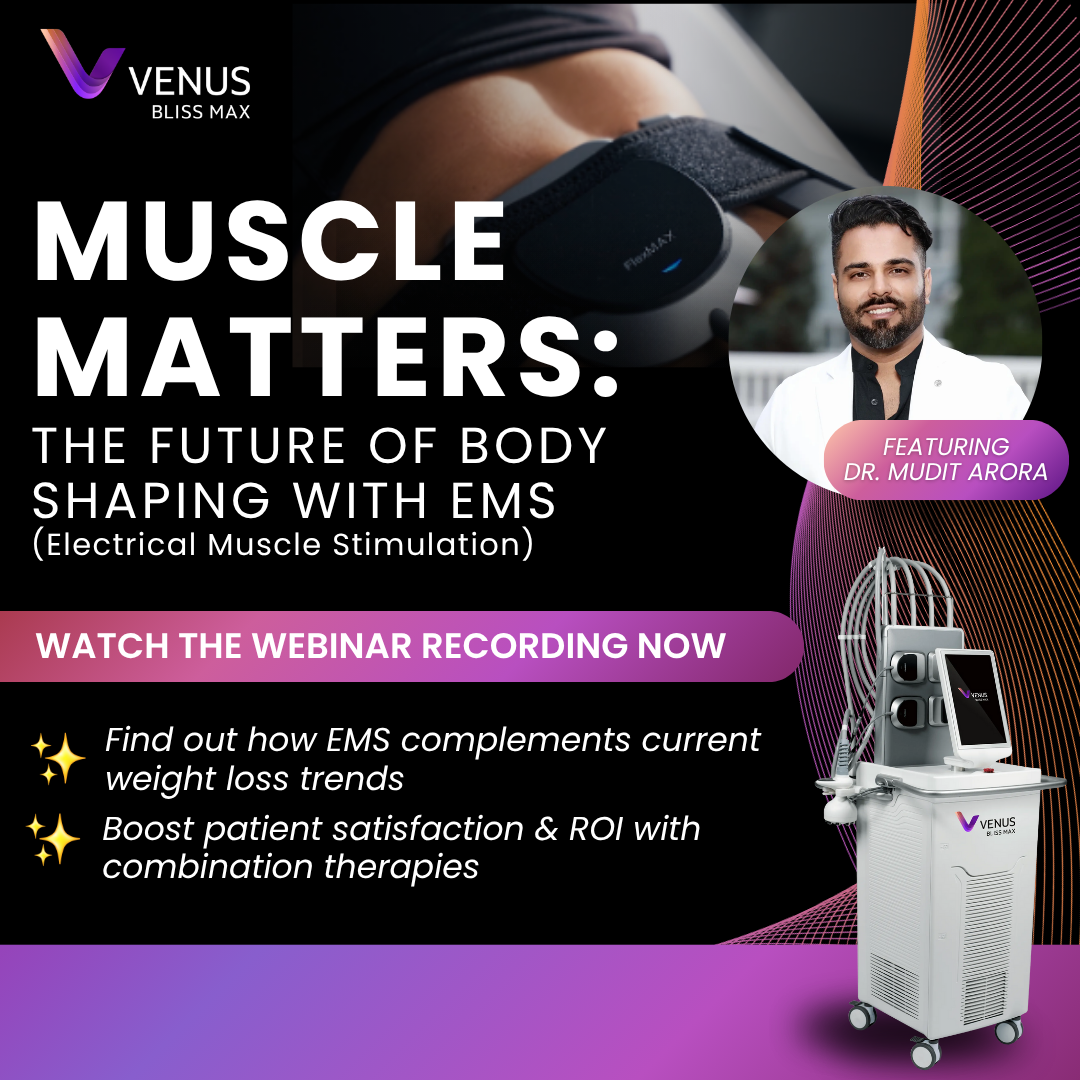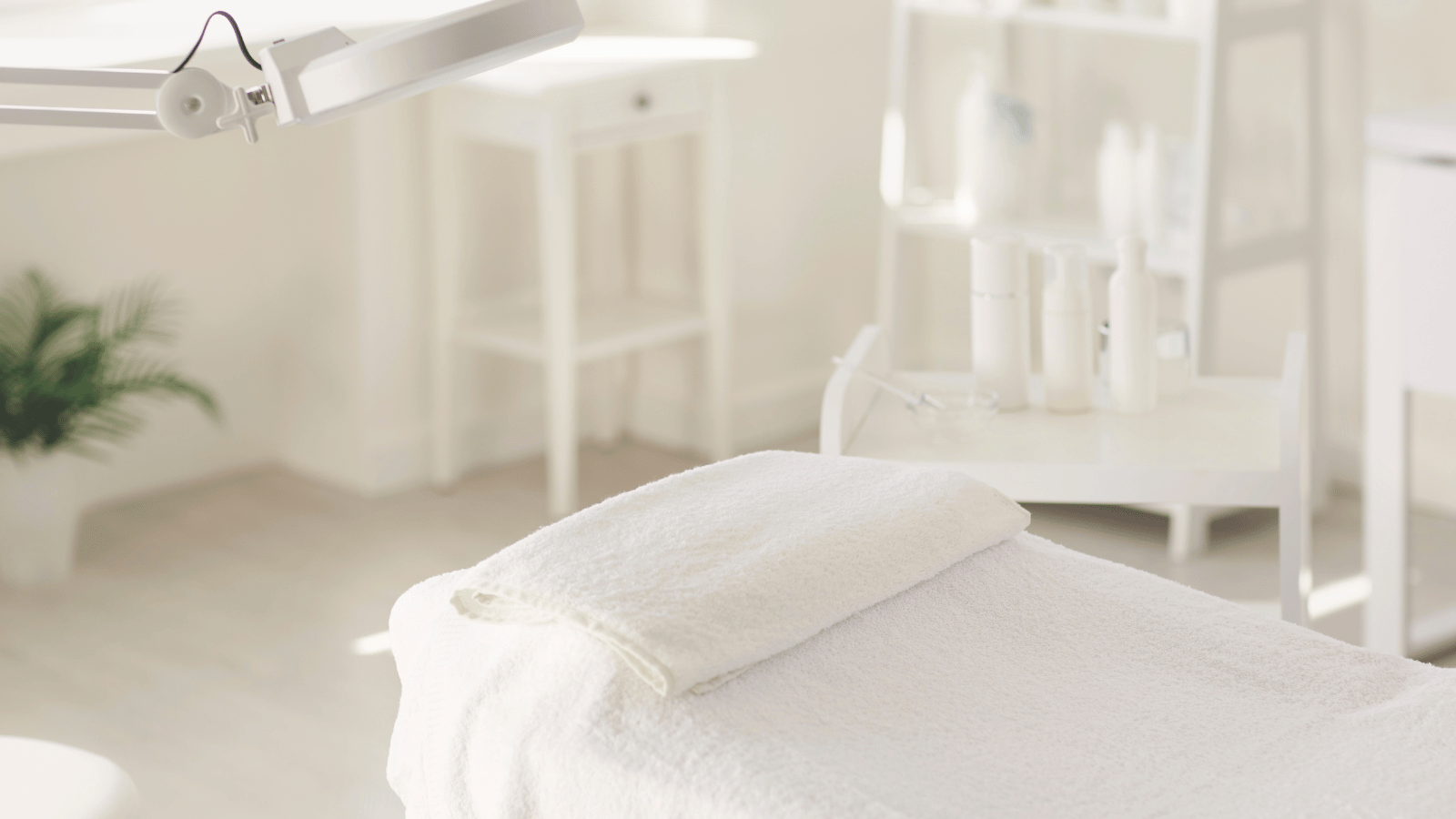Preventing PIH: The Top Causes, Risks, and Treatments

When it comes to skin concerns, uneven texture is top of mind for many aesthetics patients. Among the top skin tone and texture issues treated, rosacea, bumps, acne scars, and stretch marks are some of the most common, alongside uneven pigmentation. In fact, one survey from the American Society for Dermatologic Surgery (ASDS) reports that 71% of aesthetic patients are concerned with skin tone and texture. Unfortunately, conditions like these can be tough to treat.
Skin resurfacing treatments are currently the best tools available to medical aesthetics practitioners for treating these common tone and texture issues; however, not all treatments are created equally. Results can vary quite a bit between devices, protocols, and other factors, such as a patient not wearing sunscreen. However, one factor that remains the same across skin resurfacing treatments and patients is a concern for post-inflammatory hyperpigmentation (PIH).
What Is PIH?
Post-inflammatory hyperpigmentation (PIH) results from an overproduction or uneven disbursement of melanin in the skin as a natural reaction to injury and defense against inflammation. PIH presents as flat, discolored spots on the skin, resulting in an uneven skin tone. While there is no medical concern associated with PIH, it certainly contributes to the demand for skin resurfacing solutions to treat patients’ skin tone and texture concerns.
Top Causes of PIH
For many, inflammation that may prompt PIH is most often due to acne vulgaris (pimples), atopic dermatitis (eczema/rash), and impetigo (bacterial infection). UV exposure, insect bites, allergic reactions, chronic diseases like psoriasis, or side effects from certain medications may also increase one’s risk of PIH, as well as some medical aesthetic procedures if not done correctly.
Patients Most at Risk of PIH
PIH can certainly occur in all skin types and tones, but those with darker skin tones are most at risk. More specifically, the Journal of Clinical and Aesthetic Dermatology reports that those with Fitzpatrick skin types IV to VI—which actually comprises a significant portion of the global aesthetic market, as this includes most Latin Americans, Asians, Pacific Islanders, people of African descent, people of Middle Eastern descent, and the Indigenous peoples of North America—are at highest risk of experiencing PIH. Unfortunately, there are few skin resurfacing treatments that are safe for patients with these skin types, meaning your clinic could lose out on a large number of prospective patients—but only if you’re unprepared.
How to Treat and Prevent PIH
Since PIH causes an uneven skin tone, it’s one of the many reasons people seek skin resurfacing treatments. It’s important to note, though, that some treatments cause additional inflammation and worsening of the condition—especially in darker skin tones. There are safer skin resurfacing treatments for these patients, though.
For clinics committed to offering advanced aesthetic treatments to a more diverse patient base and building out a strong patient referral program , choosing the right device can make a world of difference. Get started on the right track with our comprehensive report, PIH and Cosmetic Procedures: Safe Skin Resurfacing Options for Patients Concerned about PIH , that covers the risks associated with PIH and skin resurfacing treatments, as well as the top advances in medical aesthetic technology that can help you deliver outstanding results to your prospective patients. Simply click the Download Now button below to access the report today!







